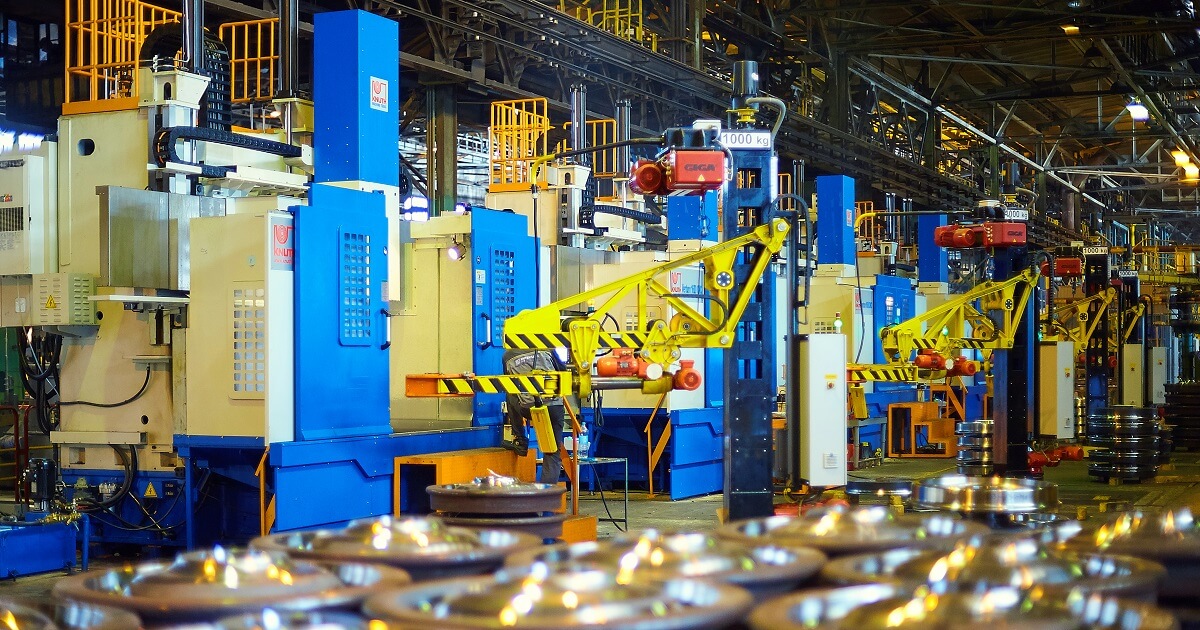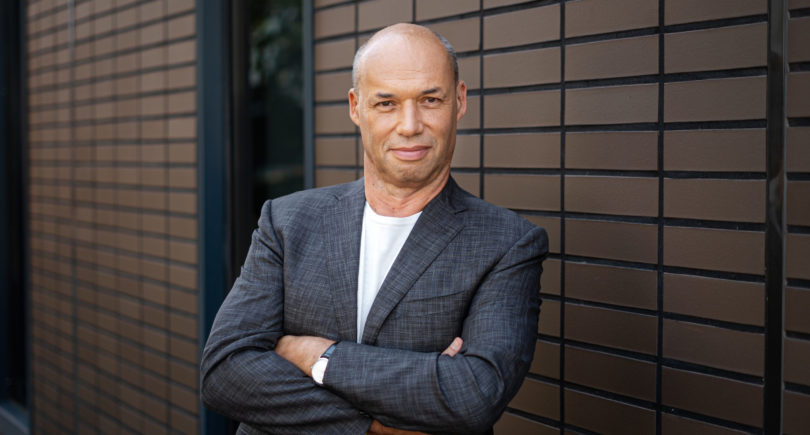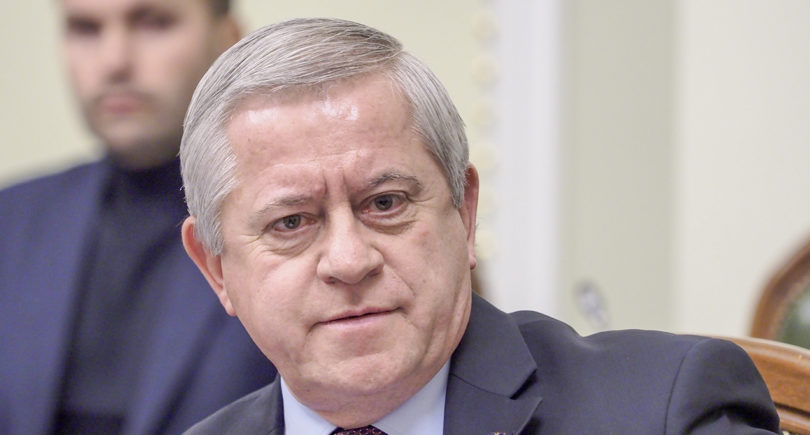
Opinions State decarbonization 865 26 July 2021
The higher the degree of domestic conversion of raw materials, the faster the economy will grow
The role of the government in developed industrial economies, such as the U.S., the EU and the Middle East countries, is critical where industrial development is concerned. In these countries, the focus is on stimulating the processing industry, increasing exports of products with high added value, instead of raw materials.
Today, the share of goods with low added value in Ukraine’s exports is high. Roughly speaking, raw materials account for 2/3 of Ukraine’s exports. However, the higher the degree of raw materials conversion domestically, the faster the economy will grow, and the less the hryvnia exchange rates will depend on fluctuations in global prices for metal and agricultural products. At the same time, finished products account for more than a half of Ukraine’s imports. The ratio is terrible.
How can the government develop the processing industry?
Firstly, by pursuing a sound trade policy. For example, following the ban on exports of roundwood, the Ukrainian wood processing industry began to quickly recover and develop production of finished products. Such a sensible approach should also prevail in other industries. Thus, it is reasonable to recycle scrap in Ukraine using it to produce wheels for Deutsche Bahn high-speed trains, rather than to export scrap as a raw material. The higher the degree of conversion, the more taxes are paid and jobs created.
Secondly, by promoting the domestic market by investing in infrastructure. There is a great need for renovation in such industries as railway car building, oil and gas extraction, modernization of housing and utility services and their infrastructure. At the same time, Ukraine has production capacities, technologies and engineering schools to meet the demand. Therefore, investments in such industries will initiate the trigger effect — this will create entire production chains of Ukrainian companies, which pay salaries, taxes, attract suppliers, etc. In particular, the launch of large-scale construction projects in the railway industry could contribute additional 2–3% to Ukraine’s GDP.
Thirdly, by establishing mechanisms to support exports, primarily of mechanical engineering products, as this industry actually creates goods with maximum added value. By increasing its share in exports, the government lengthens the value added chain. The lack of mechanisms for funding high-tech exports reduces the industry’s competitiveness and hinders the development of domestic market for steel producers. Mechanical engineering products are sold worldwide through an instrument known as export credit agency. Therefore, the real launch of ECA in Ukraine will give an impetus to the development of mechanical engineering.
Fourthly, by supporting exports through the development of economic diplomacy. Today, all countries apply trade restrictions against imports. Duties against Ukrainian metal products have been introduced all over the world: in the EU, the U.S., Canada, Russia and the Customs Union, Turkey, Egypt, Brazil, Mexico, etc. We seek no preferential treatment in external markets, but we want to compete freely in external markets with local manufacturers. But we are facing trade barriers, which we cannot possibly overcome on our own, without state support.
Despite the EU–Ukraine Association Agreement, duties and quotas apply to the products of domestic steelmakers. Meanwhile, the EU actively opposes the introduction of any trade restrictions in relation to its own producers.
Supercycle — time to invest in technology
When we talk about supercycle, it is important to emphasize the word “cycle”, because a rapid take-off is always inevitably followed by a steep dive. Usually the fall is so sharp and sudden that not all companies survive, and unfortunately, many shut down. Therefore, now, when the supercycle has started, it is very important to invest in the development of production, in new technologies, since there will be no other chance like that.
However, equally important will be the priority areas of investments chosen by steelmakers: creation of additional lines for ore extraction or modernization of mills for producing finished products.
In its own segment, Interpipe faces a constant increase in quality requirements for finished products. Thus, more difficult conditions of production of hard-to-recover hydrocarbons require new-generation pipes with high strength characteristics and premium threads. Higher speed of railway transport and increase in the efficiency of railway transportation require railway wheels with qualitatively different characteristics.
To be competitive in the global market, you need to invest today in what will be in demand tomorrow. Regardless of the phases of decline/growth in the market, Interpipe annually invests about $60 million in modernization of production facilities and creation of new products.
Decarbonization is inevitable
Decarbonization of economy has become a global trend, and the Ukrainian industry will have to decarbonize too. Otherwise, it may lose the European market after the introduction of the so-called “сarbon tax”, a special customs tariff on the imports of products, the production of which does not meet the climate neutrality requirements. In July, the European Commission will publish a package of amendments to the European legislation on climate targets. Regulation on CBAM, a new carbon duty, is among them.
Today, there are only three steelmaking technologies in the world: open-hearth (OH), basic oxygen furnace (BOF) and electric-arc furnace (EAF) routes. The OH route generates the highest volumes of CO2 emissions, an average of 2,500 kg per 1 ton of steel. BOF generates slightly lower, but still significant CO2 emissions during smelting — approximately 1,800–2,000 kg. Meanwhile, emissions in the EAF route average 100–300 kg of CO2. Therefore presently, the EAF route is the most realistic and fastest way to get as close as possible to the Green Deal standards.
Only 5% of Ukrainian steel is produced using the EAF technology, while the same figure reaches 41% in the EU and 70% in the U.S. Why is it so? The main reason is the lack of financial incentives from the government. In the EU, ecological modernization of the steel industry is estimated at €150 billion, and these activities will be funded through concessional loans, special-purpose programs and funds. There are currently no operational financial incentives or other similar instruments in Ukraine that would motivate producers to invest in decarbonization.
Interpipe’s transition to “green” steelmaking technologies cost the company $1 billion. The company gave up the OH route and built a new EAF plant using its own and borrowed funds (attracted, by the way, by an Italian export credit agency). It was long before the Green Deal was adopted. Thus, having reduced our CO2 emissions 10-fold, we have brought ourselves closer to the declared targets of the Green Deal for 2050.
Therefore, the law on “green” steel industry was the only financial incentive in Ukraine. In fact, it completely repeats the toolkit used in the UE, where EAF assets are exempted from the “green” tax on renewable energy, since they are already “green” steelmakers. And the “green” tariff is funded by polluting companies. In our case, it is the other way around: we, as a company that invested $1 billion in decarbonization of production, must pay a tax on “green” electricity as part of Ukrenergo’s transmission tariff.






